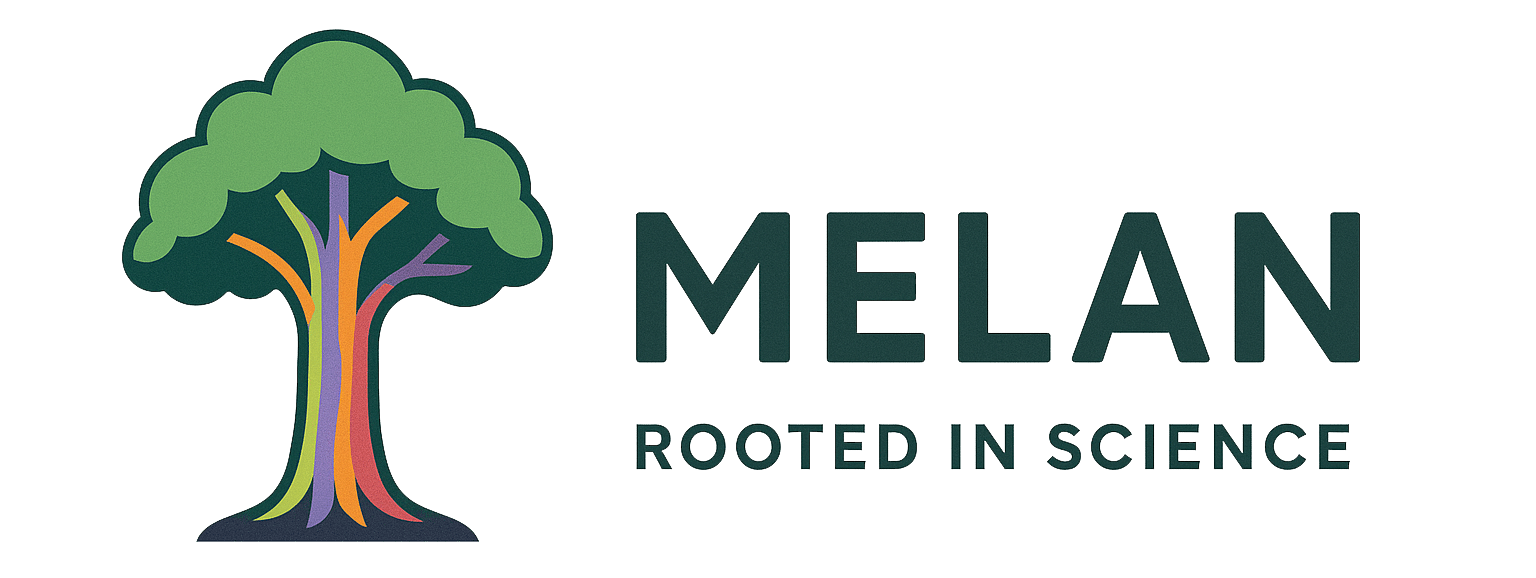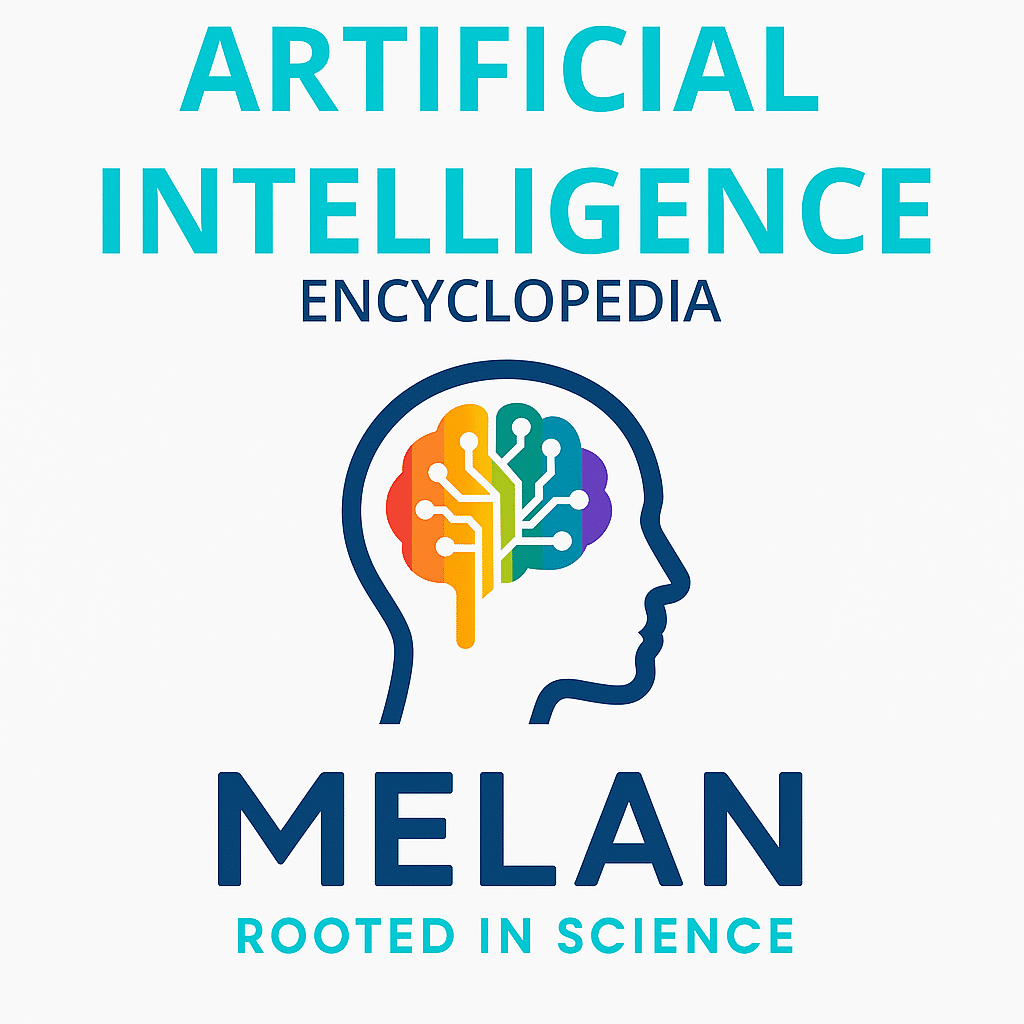Jacobian Matrix refers to a mathematical matrix containing all first-order partial derivatives of a vector-valued function, representing how small changes in input variables affect the outputs of multivariate functions. In artificial intelligence and machine learning, Jacobian matrices are fundamental for understanding gradient-based optimization, neural network training, and sensitivity analysis, enabling algorithms to efficiently navigate high-dimensional parameter spaces and optimize complex models through techniques like backpropagation and gradient descent.
Jacobian Matrix
|
|
|---|---|
| Category | Mathematics, Linear Algebra |
| Subfield | Multivariable Calculus, Optimization, Numerical Analysis |
| Mathematical Domain | Vector Calculus, Differential Geometry |
| Key Applications | Neural Networks, Robotics, Optimization, Control Systems |
| Related Concepts | Gradient, Hessian Matrix, Chain Rule, Backpropagation |
| Sources: Wolfram MathWorld, Deep Learning Textbook, IEEE Control Systems | |
Other Names
Jacobian, Derivative Matrix, Function Derivative, Gradient Matrix, Differential Matrix, Transformation Matrix, Sensitivity Matrix, First-Order Derivative Matrix
History and Development
The Jacobian matrix is named after German mathematician Carl Gustav Jacob Jacobi, who developed the concept in the 1840s as part of his work on determinants and multivariable calculus, though the underlying ideas trace back to earlier work by mathematicians like Leonhard Euler and Joseph-Louis Lagrange. Jacobi’s contributions to analytical mechanics and differential equations established the mathematical framework that became essential for describing how functions change in multiple dimensions simultaneously.
The concept gained renewed importance in the 20th century with the development of numerical analysis and optimization algorithms, particularly as computers enabled practical computation of complex multivariable functions. In the 1980s and 1990s, the Jacobian matrix became central to artificial intelligence and machine learning through its role in backpropagation algorithms for training neural networks, where efficient computation of gradients revolutionized the field of deep learning.
How Jacobian Matrices Work
A Jacobian matrix organizes all first-order partial derivatives of a vector-valued function into a rectangular array, where each row corresponds to one output function and each column corresponds to one input variable. For a function that maps from n-dimensional input space to m-dimensional output space, the Jacobian is an m×n matrix where the element in row i and column j represents how the i-th output changes with respect to small changes in the j-th input.
The matrix provides a linear approximation of how the function behaves locally around a specific point, enabling analysis of function sensitivity, optimization direction, and transformation properties. In machine learning, a Jacobian matrix is computed through automatic differentiation techniques that systematically apply the chain rule to complex composite functions, allowing efficient gradient computation for neural networks with millions or billions of parameters.
Variations of Jacobian Applications
Neural Network Backpropagation
Jacobian matrices enable efficient computation of gradients in deep neural networks through the chain rule, allowing optimization algorithms to update millions of parameters simultaneously during training on complex datasets.
Robotics and Control Systems
Jacobian matrices describe how robot joint movements translate to end-effector position and velocity, enabling precise control of robotic manipulators and autonomous systems in manufacturing and service applications.
Optimization and Sensitivity Analysis
Jacobian matrices provide gradient information for optimization algorithms and sensitivity analysis, helping identify how changes in input parameters affect system outputs in engineering and scientific applications.
Real-World Applications
Jacobian matrices are fundamental to training deep neural networks, where backpropagation algorithms use chain rule computations to efficiently calculate gradients across millions of parameters, enabling advances in computer vision, natural language processing, and other AI applications. Robotics systems rely on Jacobian matrices for inverse kinematics calculations that determine joint movements needed to position robot arms and autonomous vehicles precisely in manufacturing, surgery, and exploration tasks. Financial modeling uses Jacobian matrices for risk analysis and portfolio optimization, calculating how small changes in market conditions affect investment values and enabling sophisticated hedging strategies.
Computer graphics and animation employ a Jacobian matrix for deformation modeling, physics simulation, and real-time rendering that creates realistic visual effects in movies, games, and virtual reality applications. Scientific computing leverages Jacobian matrices for solving systems of nonlinear equations, optimization problems, and differential equations across fields from climate modeling to pharmaceutical research.
Jacobian Matrix Benefits
Jacobian matrices provide mathematically rigorous frameworks for understanding and optimizing complex multivariable systems, enabling precise analysis of how changes propagate through interconnected variables and functions. They enable efficient computation of gradients in high-dimensional spaces, making it possible to train neural networks and solve optimization problems that would be intractable with simpler numerical methods. The mathematical properties of Jacobian matrices, including determinants and eigenvalues, provide insights into system stability, controllability, and sensitivity that guide engineering design and scientific analysis.
Jacobian-based methods scale effectively to very large problems, allowing optimization algorithms to handle millions of variables in reasonable computational time. The linear approximation provided by Jacobian matrices enables robust numerical methods that converge reliably even for complex nonlinear systems, supporting both theoretical analysis and practical implementation.
Risks and Limitations
Computational Complexity and Numerical Issues
Computing a Jacobian matrix for very large systems requires significant computational resources and memory, particularly for neural networks with billions of parameters or complex scientific simulations. Numerical precision errors can accumulate in Jacobian computations, leading to unstable optimization behavior or inaccurate sensitivity analysis, especially in ill-conditioned systems where small input changes cause large output variations.
Local Approximation Limitations
Jacobian matrices provide only linear approximations that are valid in small neighborhoods around specific points, potentially missing important nonlinear behavior and global optimization features. This limitation can cause optimization algorithms to become trapped in local minima or fail to capture important system dynamics in highly nonlinear applications.
Implementation and Verification Challenges
Correctly implementing automatic differentiation and Jacobian computations requires sophisticated software frameworks and careful attention to numerical stability, creating potential sources of errors in complex AI and engineering systems. Validation and verification of Jacobian-based algorithms becomes challenging in high-dimensional spaces where analytical solutions are unavailable for comparison.
Safety and Reliability in Critical Applications
Systems that rely on Jacobian-based optimization and control face risks when the linear approximations become invalid or when numerical errors accumulate to dangerous levels. Regulatory frameworks for autonomous systems, medical devices, and financial algorithms increasingly require validation of mathematical foundations including Jacobian computations. These concerns stem from legal pressure following accidents involving optimization failures in autonomous systems, market demands for reliable and predictable AI behavior in safety-critical applications, reputation management after high-profile algorithmic failures, and investor concerns about mathematical rigor and liability in AI-powered products.
Standards Development and Mathematical Validation
Engineering organizations, mathematics societies, and regulatory bodies work to establish standards for numerical computation and validation of Jacobian-based algorithms, while professional associations develop guidelines for safety-critical applications. Academic institutions and research organizations establish best practices for implementing and testing automatic differentiation systems. The intended outcomes include improving the reliability and accuracy of the Jacobian matrix in practical applications, establishing validation methods for complex optimization systems, developing robust numerical methods that handle edge cases gracefully, and ensuring appropriate mathematical rigor in safety-critical AI applications.
Initial evidence shows increased focus on numerical stability in machine learning frameworks, development of standardized testing methods for automatic differentiation, growing awareness of computational limitations in very large systems, and establishment of verification protocols for safety-critical optimization algorithms.
Current Debates
Automatic Differentiation vs. Finite Difference Methods
Researchers debate the trade-offs between automatic differentiation techniques that provide exact derivatives and finite difference approximations that are simpler to implement but may be less accurate, particularly for very large or numerically sensitive systems.
Forward-Mode vs. Reverse-Mode Differentiation
Computer scientists disagree about optimal strategies for computing Jacobian matrices, weighing the benefits of forward-mode differentiation for wide networks against reverse-mode (backpropagation) for deep networks, with implications for computational efficiency and memory usage.
Sparse vs. Dense Jacobian Computation
Practitioners debate whether to exploit sparsity patterns in Jacobian matrices for computational efficiency versus using dense computation methods that may be simpler to implement and parallelize across modern hardware architectures.
Higher-Order Derivatives and Hessian Approximation
Optimization researchers argue about the value of computing second-order derivative information (Hessian matrices) versus using first-order methods with Jacobian matrices, balancing convergence speed against computational cost.
Numerical Precision and Stability Requirements
Engineers and mathematicians debate appropriate precision requirements for Jacobian computations in different applications, weighing accuracy needs against computational efficiency and hardware limitations.
Media Depictions of Jacobian Matrix
Movies
- Good Will Hunting (1997): Will’s (Matt Damon) mathematical genius in solving complex multivariable problems parallels the sophisticated mathematical concepts underlying Jacobian matrix applications
- A Beautiful Mind (2001): John Nash’s (Russell Crowe) work on mathematical optimization and game theory demonstrates the type of multivariable analysis that relies on Jacobian matrix computations
- The Imitation Game (2014): Alan Turing’s (Benedict Cumberbatch) computational approaches to complex problems parallel modern automatic differentiation and optimization methods
TV Shows
- Numb3rs (2005-2010): Charlie Eppes (David Krumholtz) frequently uses advanced mathematical concepts including multivariable calculus and optimization that rely on Jacobian matrix computations
- Silicon Valley (2014-2019): The show’s portrayal of algorithm development and optimization challenges reflects the mathematical complexity underlying modern AI systems that depend on Jacobian matrices
- Westworld (2016-2022): The complex behavioral programming and optimization of android hosts suggests sophisticated mathematical frameworks similar to those using Jacobian matrices
Books
- Gödel, Escher, Bach (1979) by Douglas Hofstadter: Explores mathematical concepts and recursive structures that parallel the mathematical foundations underlying Jacobian matrix applications
- The Deep Learning Book (2016) by Ian Goodfellow: Comprehensive treatment of mathematical foundations of AI including extensive coverage of Jacobian matrices and automatic differentiation
- Numerical Optimization by Jorge Nocedal and Stephen Wright: Standard reference for optimization algorithms that extensively use Jacobian matrix computations
Games and Interactive Media
- Physics Simulation Games: Games like Kerbal Space Program and realistic racing simulators use mathematical models that rely on Jacobian matrices for accurate physics modeling and control systems
- Engineering Simulation Software: Professional tools like MATLAB, Simulink, and CAD systems use Jacobian matrices extensively for optimization, control design, and sensitivity analysis
- Machine Learning Frameworks: Tools like TensorFlow, PyTorch, and JAX implement automatic differentiation systems that compute Jacobian matrices for training neural networks and other AI models
Research Landscape
Current research focuses on developing more efficient algorithms for computing Jacobian matrices in very large-scale systems, including sparse matrix techniques and parallel computation methods that leverage modern GPU and distributed computing architectures. Scientists are working on automatic differentiation frameworks that handle increasingly complex computational graphs with better memory efficiency and numerical stability.
Advanced techniques combine Jacobian-based optimization with other mathematical methods like convex optimization and manifold learning to solve problems that are intractable with traditional approaches. Emerging research areas include quantum computing applications of Jacobian matrices, stochastic optimization methods that use noisy Jacobian estimates, and robust optimization techniques that maintain performance when Jacobian computations are approximate or uncertain.
Selected Publications
- The conductance of KCNQ2 and its pathogenic variants is determined by individual subunit gating
- cSTAR analysis identifies endothelial cell cycle as a key regulator of flow-dependent artery remodeling
- A wearable triboelectric impedance tomography system for noninvasive and dynamic imaging of biological tissues
- Sequence modeling and design from molecular to genome scale with Evo
- Extremely durable electrical impedance tomography–based soft and ultrathin wearable e-skin for three-dimensional tactile interfaces
Frequently Asked Questions
What exactly is a Jacobian matrix?
A Jacobian matrix is a mathematical array that contains all the partial derivatives of a multivariable function, showing how each output changes with respect to each input variable, essential for optimization and gradient-based algorithms.
How are Jacobian matrices used in machine learning?
Jacobian matrices are fundamental to training neural networks through backpropagation, where they enable efficient computation of gradients needed to update millions of parameters during the learning process.
Why are Jacobian matrices important for robotics?
In robotics, Jacobian matrices describe the relationship between joint movements and end-effector motion, enabling precise control of robot arms and calculation of required joint velocities for desired movements.
How do computers calculate Jacobian matrices efficiently?
Modern systems use automatic differentiation techniques that systematically apply the chain rule to compute exact derivatives, avoiding the approximation errors and computational inefficiency of finite difference methods.
What are the main challenges with Jacobian matrix computations?
Key challenges include computational complexity for very large systems, numerical precision issues, memory requirements for storing large matrices, and ensuring numerical stability in optimization algorithms.


